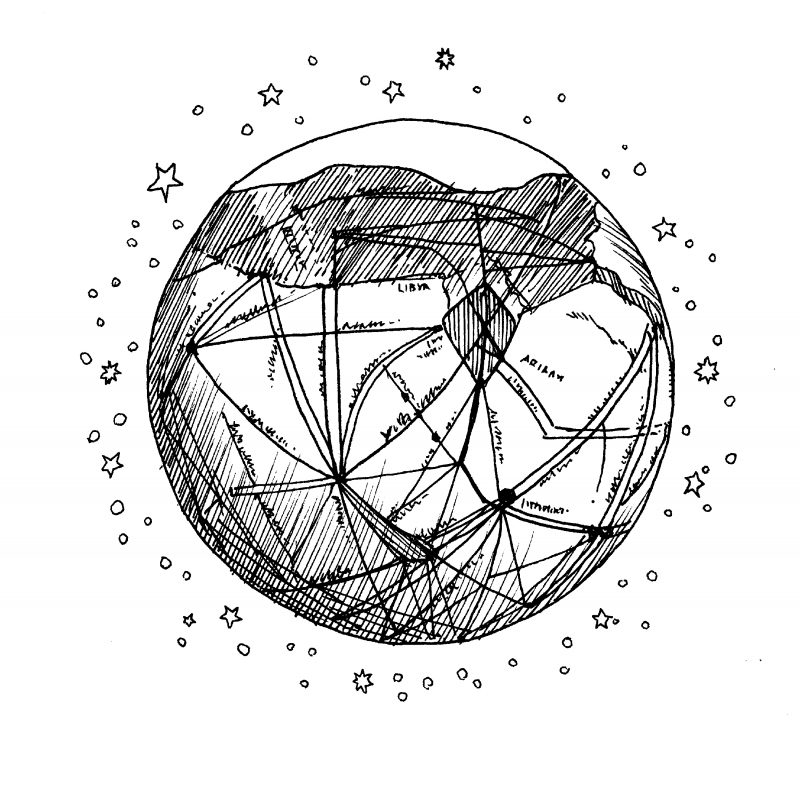You can learn all you need to know about a culture by studying its attitudes regarding Mars. This has been true since at least 1877, when the notion of Mars as real estate became a matter of public speculation. That year, Giovanni Schiaparelli, a Milanese astronomer, observed that the surface of the red planet was crosshatched by a network of intersecting canali. Though canali denoted “channels”—likely caused by erosion or meteor showers—credulous Americani translated the word as “canals,” which was taken to mean giant public-works projects overseen by industrious Martians. This had deep significance in 1877, when canals had come to represent the pinnacle of human achievement. The surveying of the Panama Canal had just gotten under way, and the Suez Canal had been completed eight years earlier. These were proud accomplishments, but the Martians, it now appeared, were well ahead of us, having built a vast network that appeared to increase in size and complexity upon each subsequent observation. The canal race was on.
Over the next thirty years, an amateur astronomer named Percival Lowell, of the Boston Lowells, discovered nearly five hundred additional Martian canals. A 1906 issue of the New York Times Magazine ran a front-page feature about Lowell under the headline there is life on the planet mars. It began: “Legions of canals on Mars, forming a colossal and a widely planned system designed to irrigate the oases of the vast planet, are an unanswerable argument for the existence of conscious, intelligent life.” On January 1, 1910, as concrete was first being laid for the construction of the Panama locks, a front-page Times headline declared, mars building new canals (“The Martians are making the dirt fly”). Eighteen months later, the paper published a follow-up dispatch: MARTIANS BUILD TWO IMMENSE CANALS IN TWO YEARS: VAST ENGINEERING WORKS ACCOMPLISHED IN AN INCREDIBLY SHORT TIME BY OUR PLANETARY NEIGHBORS—¬WONDERS OF THE SEPTEMBER SKY.
You have reached your article limit
Sign up for a digital subscription and continue reading all new issues, plus our entire archives, for just $1.50/month.
Already a subscriber? Sign in





